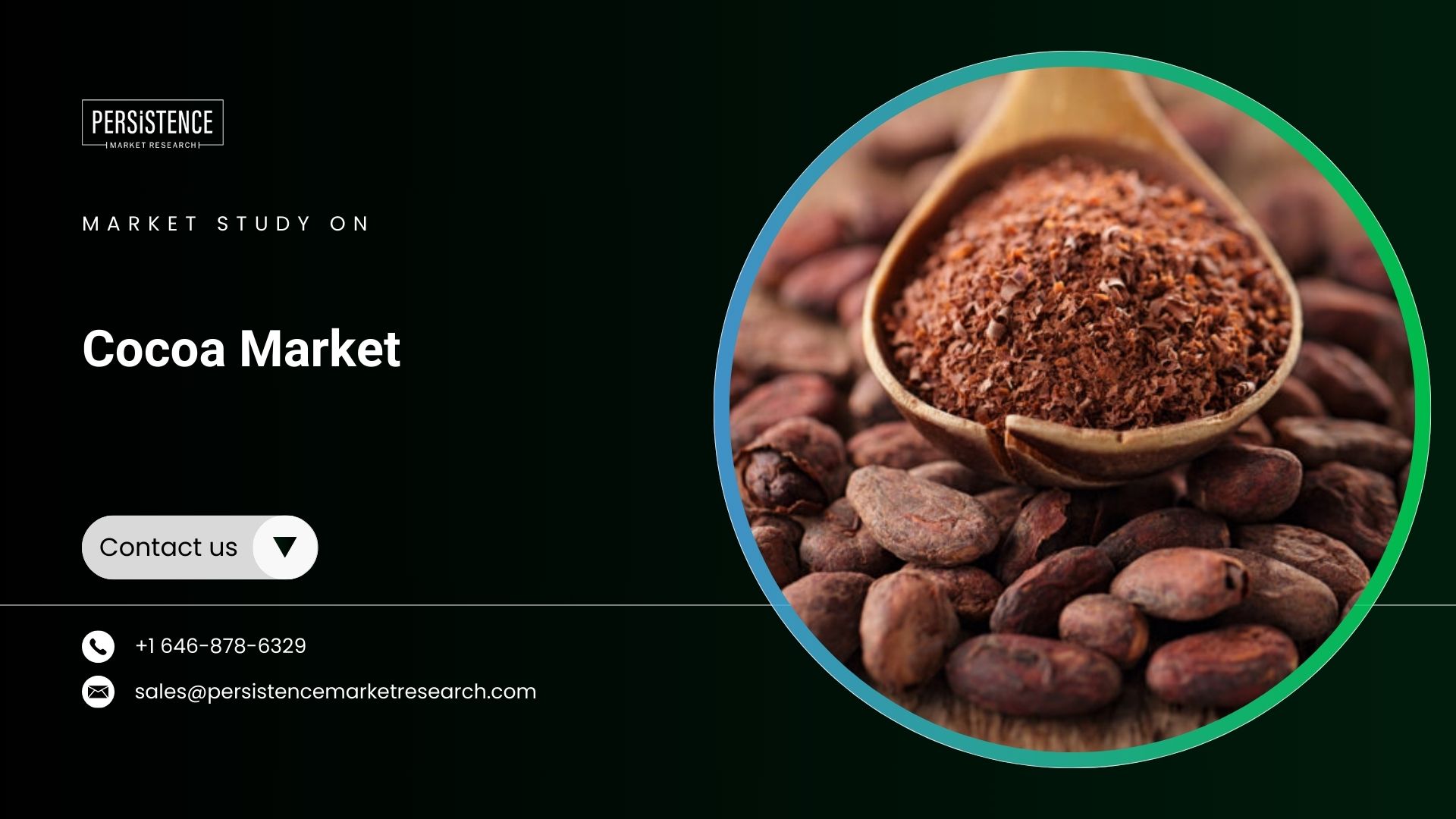 Schema + Rich Snippets – Dominate Search with Visual Results!
Schema + Rich Snippets – Dominate Search with Visual Results!
Key Factors Driving Growth in the Global Brake Pad Industry
Written by aishwarya » Updated on: June 17th, 2025

The global automotive brake pad market is on a trajectory of steady growth, driven by a confluence of factors that underscore the evolving dynamics of the automotive industry. According to Persistence Market Research, the automotive brake pad market is projected to expand at a compound annual growth rate (CAGR) of 4.3% from 2024 to 2031, increasing from a revenue of US$ 3.9 billion in 2023 to an anticipated US$ 6 billion by the end of 2031.
1. Rising Vehicle Production and Sales
The surge in global vehicle production and sales is a primary catalyst for the brake pad market's expansion. Emerging economies, particularly in Asia-Pacific regions like China and India, are experiencing increased demand for both passenger and commercial vehicles. This uptick necessitates a proportional rise in brake pad manufacturing to meet original equipment manufacturer (OEM) requirements and aftermarket needs.
2. Stringent Safety Regulations
Governments worldwide are implementing rigorous safety standards to reduce road accidents. These regulations mandate the use of high-quality braking systems, compelling manufacturers to innovate and produce advanced brake pads that comply with these stringent norms. Such regulatory frameworks ensure that vehicles are equipped with reliable braking components, thereby bolstering market growth.
3. Technological Advancements in Brake Pad Materials
Advancements in material science have led to the development of superior brake pad materials, such as ceramics and semi-metallic compounds. Ceramic brake pads, for instance, offer enhanced durability, reduced noise, and improved heat dissipation compared to traditional materials. The adoption of these advanced materials is gaining traction, contributing to the market's expansion.
4. Growth of Electric and Hybrid Vehicles
The rise of electric and hybrid vehicles presents new opportunities for the brake pad industry. These vehicles often utilize regenerative braking systems, which differ from conventional braking mechanisms. This shift necessitates the development of specialized brake pads tailored to the unique requirements of electric drivetrains, thereby opening avenues for innovation and market growth.
5. Increasing Aftermarket Demand
The aftermarket segment plays a crucial role in the brake pad industry's growth. As vehicles age, the need for replacement brake pads becomes imperative to maintain safety and performance. Consumers' growing awareness of vehicle maintenance and the availability of high-quality aftermarket products drive this demand, ensuring a steady market for replacement brake components.
6. Urbanization and Infrastructure Development
Rapid urbanization and infrastructure development, especially in developing countries, lead to increased vehicle usage and, consequently, higher demand for automotive components like brake pads. As urban centers expand, the need for efficient transportation systems becomes paramount, further fueling the automotive industry's growth and, by extension, the brake pad market.
7. Environmental Considerations
Environmental concerns are influencing the brake pad market, with a shift towards eco-friendly materials and manufacturing processes. Regulations restricting the use of hazardous substances in automotive components are prompting manufacturers to develop organic and low-metallic brake pads that offer reduced environmental impact without compromising performance.
8. Rising Disposable Incomes
Increasing disposable incomes, particularly in emerging economies, have led to higher vehicle ownership rates. As more consumers purchase vehicles, the demand for associated components, including brake pads, escalates. This trend contributes significantly to the market's growth, as vehicle maintenance and safety remain priorities for consumers.
9. Focus on Research and Development
Manufacturers are investing heavily in research and development to create brake pads that offer superior performance, longevity, and compatibility with modern vehicles. Innovations such as noise-reduction technologies, improved friction materials, and enhanced wear resistance are becoming standard features, making products more appealing to both OEMs and consumers.
10. Expansion of the Automotive Industry in Emerging Markets
The automotive industry's expansion in emerging markets is a significant driver for the brake pad market. Countries in Asia, Latin America, and Africa are witnessing substantial growth in vehicle production and sales, driven by economic development and increasing urbanization. This expansion necessitates a corresponding increase in brake pad production to meet the burgeoning demand.
In conclusion, the global brake pad industry is experiencing robust growth, propelled by factors such as rising vehicle production, stringent safety regulations, technological advancements, and expanding markets in emerging economies. Manufacturers that stay abreast of these trends and invest in innovation are well-positioned to capitalize on the opportunities presented in this dynamic market landscape.
Note: IndiBlogHub features both user-submitted and editorial content. We do not verify third-party contributions. Read our Disclaimer and Privacy Policyfor details.
Copyright © 2019-2025 IndiBlogHub.com. All rights reserved. Hosted on DigitalOcean for fast, reliable performance.












